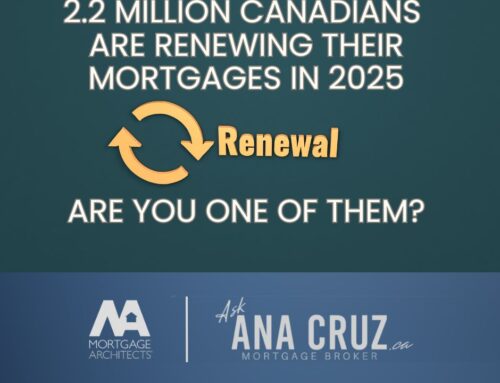Date: June 8, 2023
Category: Blogs
What is a true variable rate mortgage with a static payment?
All variable/adjustable rate mortgages are subject to interest rate fluctuation based on the Bank Of Canada’s change to the overnight rate.
A variable rate mortgage will have static payments in which the payment will NOT increase during the term unless a trigger rate or trigger point is reached.
What happens if rates increase between approval and funding?
Since your exact payment amount is set at closing, not at the application stage, here’s an example of how your payments can be affected.
For example; today’s prime rate is 6.70% today with a discount of .50% that makes your rate 6.20%. The Bank of Canada is set to meet July 12 and your closing date is July 30
This means that your rate will be (new prime rate) with the same discount and what ever that payment is on your closing date will be your monthly payments for the entire term until your renewal date.
What is the difference between Trigger Rate and Trigger Point?
What is a Trigger Rate:
As interest rates on variable products increase and the payments don’t change, there will be a point where the principal and interest payments can no longer cover the interest charged on the Mortgage or Term Portion. This happens when your rate has exceeded the Trigger Rate.
If the variable rate increases beyond the Trigger Rate, the product will have an increasing balance unless the regular payment is increased enough to cover the outstanding interest.
What is a Trigger Point:
For a Conventional Variable Interest Rate Mortgage (VIRM), the Trigger Point is when the principal amount plus interest owing exceeds 80% of the fair market value of the property as determined by the lender
For an Insured VIRM, the Trigger Point is when the principal amount plus interest owing exceeds 105% of the original principal amount of the mortgage loan.
For Term Portions, if at any time the outstanding principal amount (including any deferred interest) exceeds the original principal amount, then the Term Portion has reached the Trigger Point.
What happens once you reach the Trigger Point?
The lender will notify you by letter and inform you how much the principal amount exceeds the Trigger Point (the excess amount).
Once notified, you will have 30 days to make a lump sum payment; increase the amount of the principal and interest payment; or convert to a fixed rate term. Action is required or the mortgage will be deemed in default
If you have received a letter or are concerned about reaching your trigger rate or trigger point, connect with us and we will review your options.
How is trigger rate calculated?
There is no manual calculation that can be done for this as each mortgage is unique and the trigger rate is calculated and provided to your lawyer on closing.
Mortgages can be complicated; we are here to help you make “cents” of it.
We focus on Mortgage Solutions, Period!
To learn more connect with Ana Cruz 905.870.0513 or email at ana@askanacruz.ca





